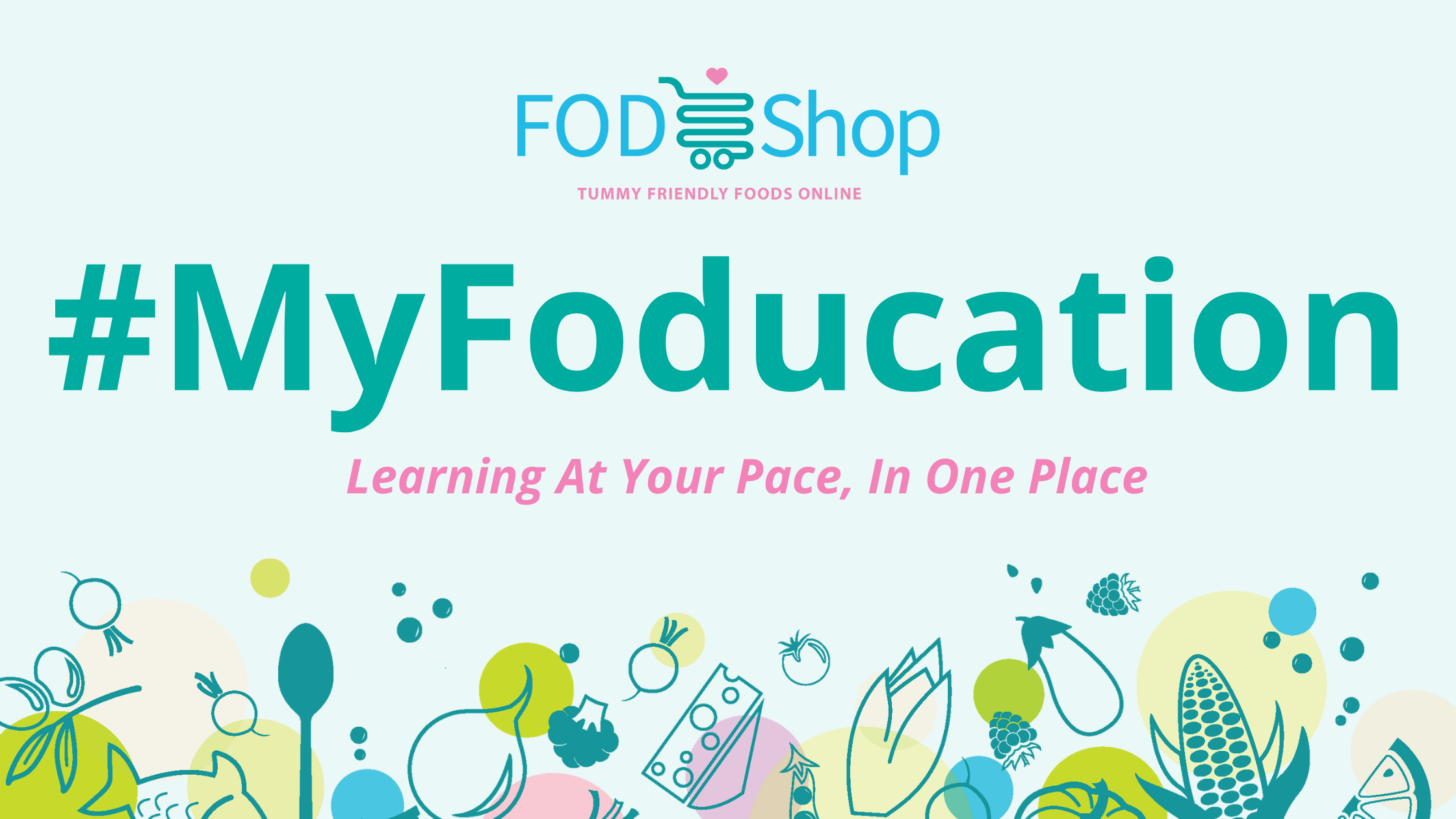- Ph: +61 435 003 412
- operations@fodshopper.com.au
"Organic Orange" has been added to your cart. View cart
"Organic Orange" has been added to your cart. View cart

Has your dietitian told you to start eating more legumes and pulses to improve your gut health? Legumes and pulses range from beans like green, cannellini, red kidney, and black, to lentils and green or chickpeas. They are a great source of protein, fibre, carbohydrates, vitamins, and minerals and they are relatively inexpensive.
Legumes and beans should be enjoyed as a part of a balanced and healthy diet. The Australian Guide to Healthy Eating recommends a minimum of 5 serves per day of legumes and beans or vegetables, and 2.5 serves per day as a protein source for vegetarians/vegans. (1)
There are a variety of reasons why a person might choose to eat legumes aside from the fact that they are a delicious, filling, low calorie, and inexpensive addition to meals. Their high protein content makes them a great option for vegetarians and vegans, as they are a plant-based source of protein.
People may also choose to eat legumes and pulses for their environmental impact, as plant-based food agriculture tends to have less of an impact on water and land use, and produces less greenhouse gases than animal farming.
The final reason is for their impact on health. Legumes have been proven to have a great impact on preventing chronic disease when enjoyed as a part of a balanced plant-rich diet. The fibre, resistant starches, and non-digestible carbohydrates in legumes promote the bulking of stools to relieve constipation and act as a prebiotic, by feeding the beneficial gut bacteria like Bifidobacteria. (2) Diseases they have been shown to reduce the risk of include diabetes, cardiovascular disease, obesity, and cancers like colorectal cancer. (3, 4, 5, 6)
For an individual with IBS, the recommendation to eat more legumes can be confronting. Despite their nutrition, legumes and beans are often high in FODMAPs known as galacto-oligosaccharides (GOS), which can cause uncomfortable gut symptoms like bloating, flatulence, and abdominal pain. When GOS is broken down and fermented by the gut bacteria, these symptoms can occur.
Soaking dried beans for a minimum of three hours and then cooking them can decrease the probability of symptoms. Eating them in low serving sizes is also a great way to incorporate them in the diet without overdoing it. You can add legumes to sauces, salads, soups, stews, stir-fries, curries, and home-made dips.
Below is a comprehensive list of appropriate low FODMAP serving sizes of legumes and pulses. All low FODMAP serving sizes are obtained from the Monash Low FODMAP app. (7)
1. Australian Guide to Healthy Eating
2. Singh B, Singh JP, Shevkani K, Singh N, Kaur A. Bioactive constituents in pulses and their health benefits. Journal of food science and technology. 2017 Mar 1;54(4):858-70.
3. Afshin A, Micha R, Khatibzadeh S, Mozaffarian D. Consumption of nuts and legumes and risk of incident ischemic heart disease, stroke, and diabetes: a systematic review and meta-analysis. The American journal of clinical nutrition. 2014 Jun 4;100(1):278-88.
4. World Cancer Research Fund. Diet, Nutrition, Physical Activity, and Cancer: A Global Perspective. A Summary of the Third Expert Report https://www.wcrf.org/sites/default/files/Summary-of-Third-Expert-Report-2018.pdf and https://www.wcrf.org/dietandcancer/exposures/wholegrains-veg-fruit. Accessed 8/2/2019.
5. Meyer KA, Kushi LH, Jacobs Jr DR, Slavin J, Sellers TA, Folsom AR. Carbohydrates, dietary fiber, and incident type 2 diabetes in older women. The American journal of clinical nutrition. 2000 Apr 1;71(4):921-30.
6. Villegas R, Gao YT, Yang G, Li HL, Elasy TA, Zheng W, Shu XO. Legume and soy food intake and the incidence of type 2 diabetes in the Shanghai Women’s Health Study. The American journal of clinical nutrition. 2008 Jan 1;87(1):162-7.
7. Monash Low FODMAP App

Leave a reply